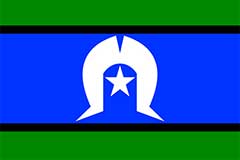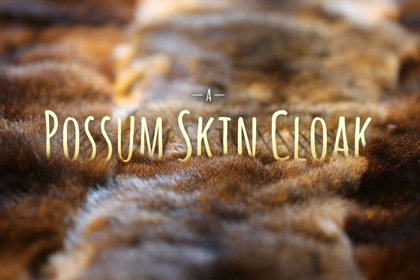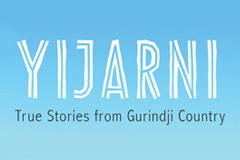Researching your family history is fun, but eventually you’ll probably want to share what you’ve discovered with others. Family history projects can take many forms. Which one is right for you depends on your time, interests, the reasons you started your research and who you want to share it with.
It’s a good idea to start small. Finishing a smaller project is great for your self-confidence. You can also show what you’ve done to your family – it might encourage reluctant relatives to help you or to share family stories, photographs and documents with you. You can always turn shorter pieces of writing into chapters in a bigger book later.
Whatever form your project takes, the family history you prepare will be most useful for future generations (and other family researchers today) if you ensure that your sources are clear and that other people can find them again.
Different ways of putting together a family history
Family tree: You might have already compiled a family tree in the form of an ancestor chart when doing your research. Family trees are also useful for sharing the outcomes of your research, since they’re simple and easy to understand. But while they help make sense of names and dates and places, they don’t allow you to tell the stories of your ancestors’ lives in any depth. See Family tree in the Toolkit.
Timeline or chronology: Another way to make sense of all the information you’ve uncovered in your research is to compile a timeline or chronology. You could focus on the most important and interesting events in the life of one ancestor, one couple, or all those in one family line. Events might include births, marriages, deaths, divorces, moving house, changing jobs, deaths, funerals and so on. At very least, for each event include the date, place and people involved, as well as the source of your information.
Scrapbook: If you are creative, you might like to put together a scrapbook that tells your family’s story. You could focus on one particular family line, or on your direct ancestors back three or four generations. Include copies (not originals) of family photographs and historical documents, as well as stories, descriptions and a family tree.
Biography or life sketch: Writing about one ancestor at a time is less daunting that writing about many generations of the family at once. At it’s simplest, a life sketch can spell out the major events in a person’s life, such as their birth, marriage, work, where they lived, children, death. Or you could focus on a particular part of your ancestor’s life that you have a lot of information about. To make it more colourful, include stories or anecdotes and copies of photographs. Putting together a timeline first can help you work out what happened in their life.
Family history newsletter: If you have a big family keen to know about your research or if other relatives are also researching the family, you might like to put together a family history newsletter. It could include stories about interesting things you’ve uncovered, copies of family photographs, research mysteries, biographical sketches, and copies of interesting documents or newspaper articles you’ve found.
Blog: A blog can be a good way of writing regular small pieces about your family history research. You can make your blog public, to share with anyone, or private, so only your family and friends can see it. Blogs can be set up for free on sites like Blogger and Wordpress.com.
Video: You can make a video to share your research as well, even just using the video camera in your phone.
Family history book: Many family historians set out to write a book. This could be a 20-page story that you just print out at home, or it could be a 200-page book that you get professionally edited, designed and printed. Be realistic about what you are going to produce – your family would probably rather a shorter book now than something you never get around to finishing.
Find out more
There are lots of websites and books with advice on writing and publishing a family history. Some useful resources, mostly Australian, are listed below:
- Hazel Edwards, Writing a non-boring family history, GHR Press, 2011
- Noeline Kyle, Writing family history made very easy: A beginner’s guide, Allen & Unwin, 200
- State Library of Victoria – Publish your family history
- Australian Copyright Council – Family histories and copyright
- Genwriters – Writing resources
- FamilySearch – Create a family history
When you’re finished, consider donating a copy of your family history to the local library and historical society where your family lived, to AIATSIS and to your state library.
If you’re going to distribute your family history outside the family, remember to check with living relatives about any sensitive information before you do so.
It’s also important to check whether you need to get any copyright or moral rights clearances on photographs or documents.




